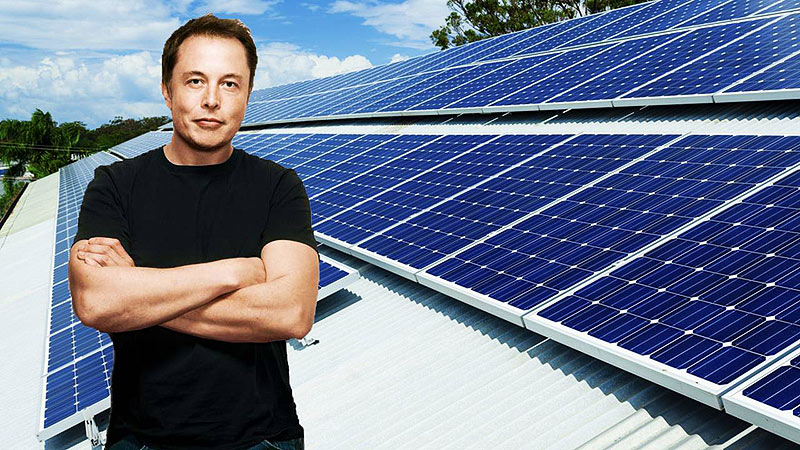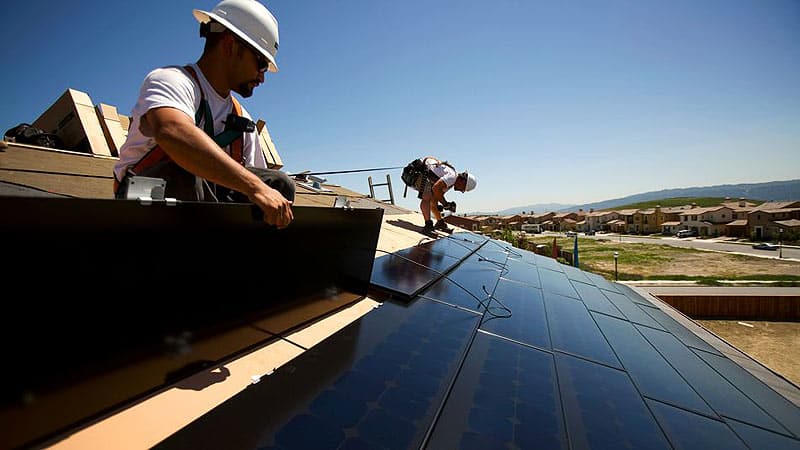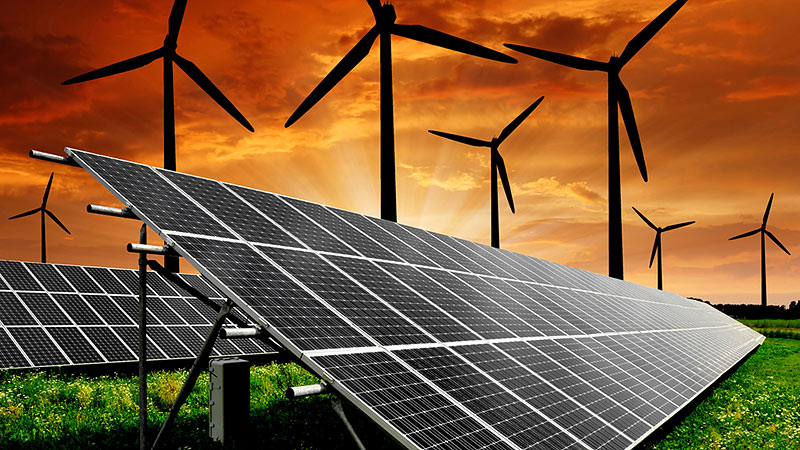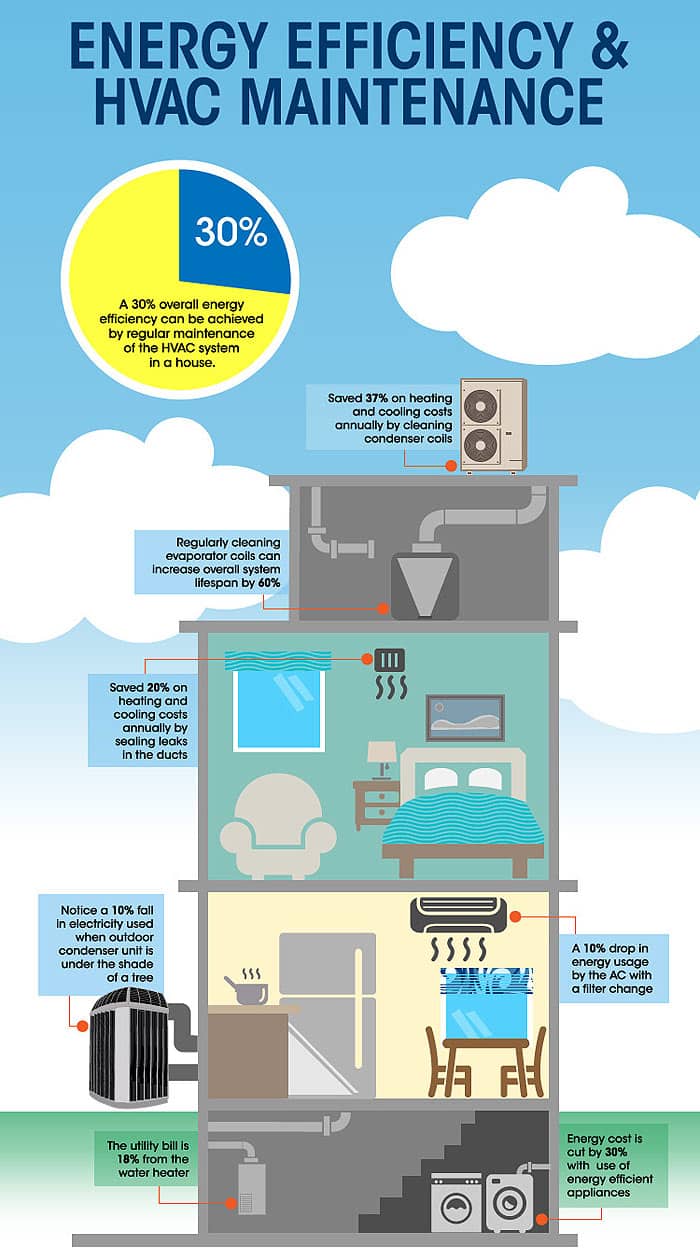The Science of Energy Smart Solutions for Your Home
Scaling back on energy usage in your home has some larger benefits particularly when mapped with energy smart solutions to achieve more with less.
As a energy smart solutions adopter you help slow your community’s total consumption of energy as well as minimize their impact on the environment. However, conservation of energy also translates into a practical benefit for you: cutting down your energy bills which can add up across the year.
While you’re searching for effective ways to do this, one route you need to consider is maximizing the energy effectiveness of your home HVAC system.
If your home is a new design you may have one of these installed within. You may even have innovative solar roof tiles. Energy smart solutions are going high tech, lets take a look at a few design ideas for the home.

We all want to be green and use technology and energy smart solutions that are designed to help the environment. However to install these new designs into our home, we want them to be discreet and low cost right?
First of all what does HVAC mean? It is an abbreviation for heating ventilation and air conditioning. As a homeowner you may own such as system. If it is an older unit then it may not be energy efficient and you may benefit from a new one
Here at DesignBump we do a lot of things, we help you design and market for your business growth and provide oodles of creative ideas on a range of subjects from across the design spectrum. We also strive to make sure that the home you live in looks like it was designed by a pro.
What good are fantastic one of a kind buildings with awesome, cool creative looks and décor if they leak heat and drive energy consumption costs through the roof. Not much use right?
The Science of Energy Smart Solutions for Your Home
There are lots of ways to reduce home energy costs. For example if you live is sunny climes the design of your home or office can incorporate solar panels or wind farms. However these are often not practical for the average homeowner. Solar panels are large, unwieldy and unattractive.
Elon Musk and Solar Roof Tiles

More recently serial entrepreneur Elon Musk revealed his ‘Solar Roof’ design. These innovative solar roof tiles are designed to do away with unsightly solar panels that lots of householders just do not like attached to their homes.
The basic proposition would be Would you like a roof that looks better than a normal roof, lasts twice as long, costs less and by the way generates electricity? said Musk like, why would you get anything else?
So change is definitely coming in this sector of home energy design and construction especially as these solar roof tiles are product refined and brought to market.

Elon Musk clearly gets it when it comes to solar energy. Design principles matter when it comes to convincing homeowners to adopt new tech in their own homes en mass.
It’s like trying to get drivers to adopt electric vehicles. They struggle for years but as soon as you incentivize, increase the performance and make them cheaper and easier to charge they gain some traction.

Home energy design concepts must adhere to the same growth principles. If technology designers and developers are serious about getting households to reduce their energy consumption and be greener then they need to be incentivized.
Energy smart solutions that are designed to reduce energy consumption and be generally better for the environment need to look cool in the home and be cost competitive to sell in large numbers. It is really that simple a notion to grasp.
Install a New, ENERGY STAR-Rated HVAC System
The United States Department of Energy suggests that you should have your heating and cooling equipment evaluated if it’s more than 10 years old, or if it’s not working to keep your home comfortable.
Did you know your home HVAC system is a actually a goldmine of monetary savings? It’s true. Ongoing maintenance of your systems, including water heaters, HVAC systems and duct work can reap big savings and help prolong system life.
Adopting new tech and replacing the design can offer equally impressive savings over the lifecycle of a new system. Take a look at this design infographic and see why.

Furthermore, the United States Department of Energy provide some guidelines as to when to replace your unit and recommend doing so if any of the following are true:
- The age of your heating pump or air conditioner is greater than 10 years;
- Your furnace or boiler is more than 15 years old;
- Your equipment needs repairs more frequently than usual and your energy bills are increasing;
- You have problems maintain proper temperature in some rooms, excessive humidity or dust
- The HVAC system in your house makes a lot of noise.
Additionally, the U.S. Department of Energy has a useful tool known as the Home Energy Yardstick, which calculates your average usage per month and rates how efficiently you’re conserving energy in your home.
If your household scores below a five, it might be time to think about HVAC replacement. And if this is the case, it’s wise to look for an HVAC professional installing products that are ENERGY STAR qualified.
When you select your new equipment, you want to make sure the company you select puts it in properly. Statistics from the Department of Energy reveal that up to half of all HVAC assemblies are incorrectly installed, and that this can reduce their efficiency by up to 30 percent.
Additionally, make sure that the same company provides prompt service to solve HVAC issues the longer a system runs inefficiently, the more energy you’ll waste in your home. Some people are switch to Geothermal heating and cooling system since it’s using renewable energy through ground loop that provide efficient heating and cooling and saves up to $50 of electricity bill.
Maintaining Your Energy Smart Solutions
Regular maintenance is also important when you’re striving to lower your fuel or electricity usage and costs. Failing to pay attention to your system’s upkeep reduces its ability to effectively heat and cool your home, resulting in higher repair and energy expenses.
However, most maintenance steps are simple to do on your own or easily scheduled through your heating and cooling technician, including:
- Changing your air filter periodically depending on how often it gets dirty);
- Yearly checkups from your HVAC professional;
- Sealing your heating and cooling ducts; and,
- Using a programmable thermostat.
Reap the Benefits of an Energy-Smart System
Much of your residence’s heating and cooling expenses can be lowered by simply installing a new system that’s qualified by ENERGY STAR. However, proper installation is the key, along with ensuring that regular upkeep is performed on your equipment.
When you exchange your old equipment for an eco-friendly version and keep it in good condition, you’re taking one more step to reduce energy costs in your home. Whatever form of energy saving tech you might install in the home follow some basic design principles.
Make sure it really works and saves money. As with Elon Musk and his innovative new solar roof panel tech designs; if a product is discreet and looks good in the home at low cost it will probably succeed. A HVAC system for the home is no different in this regard.



